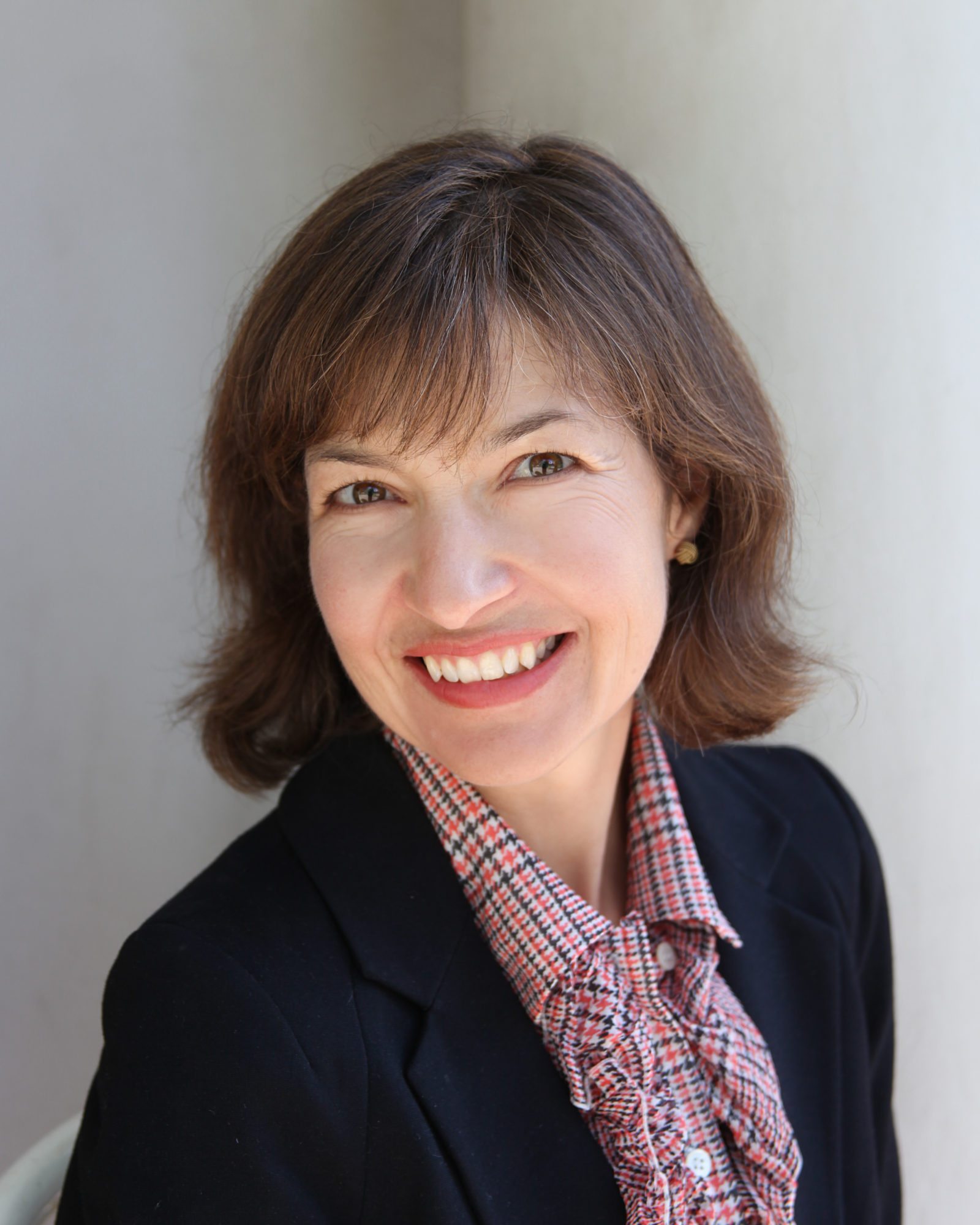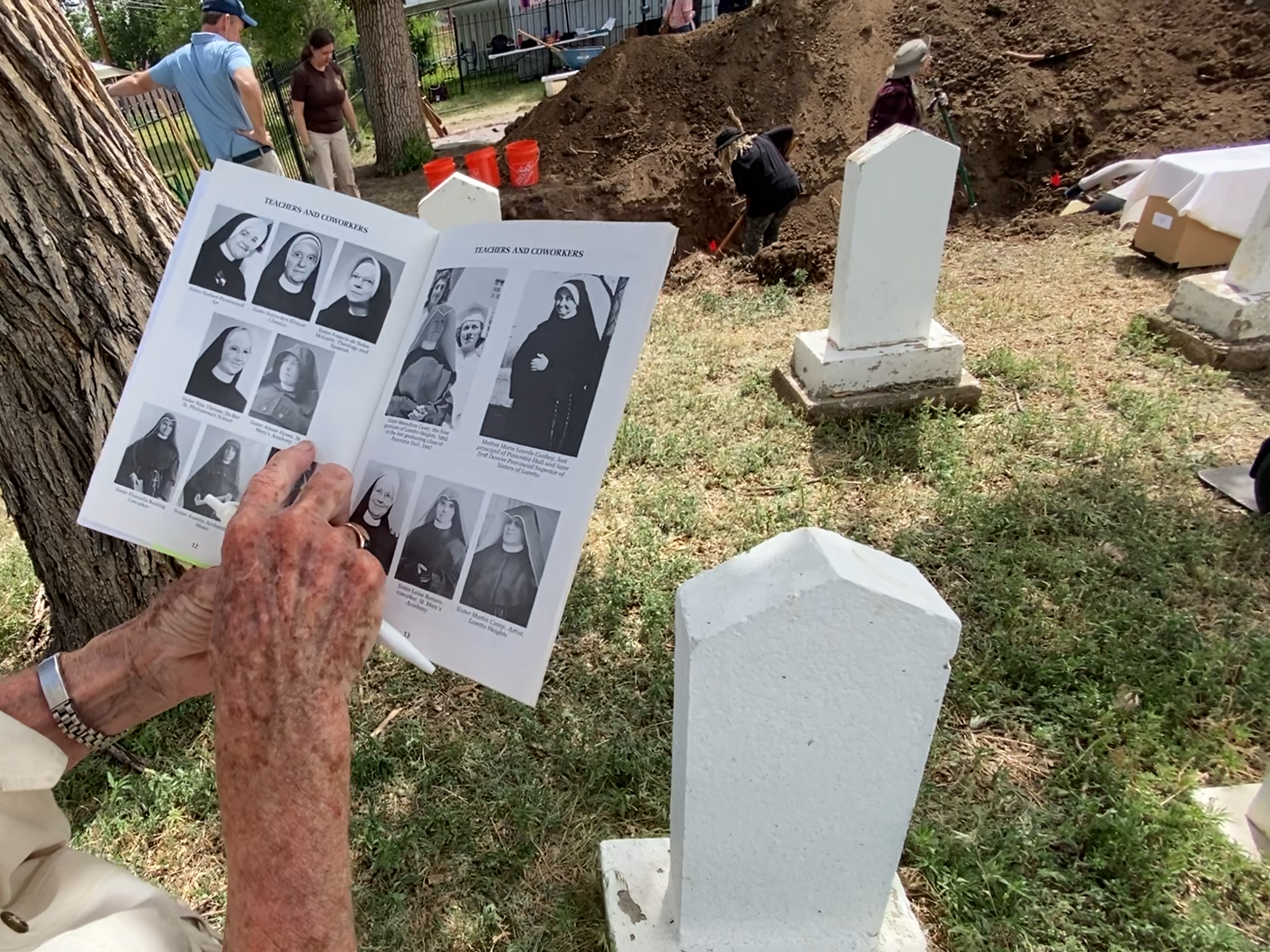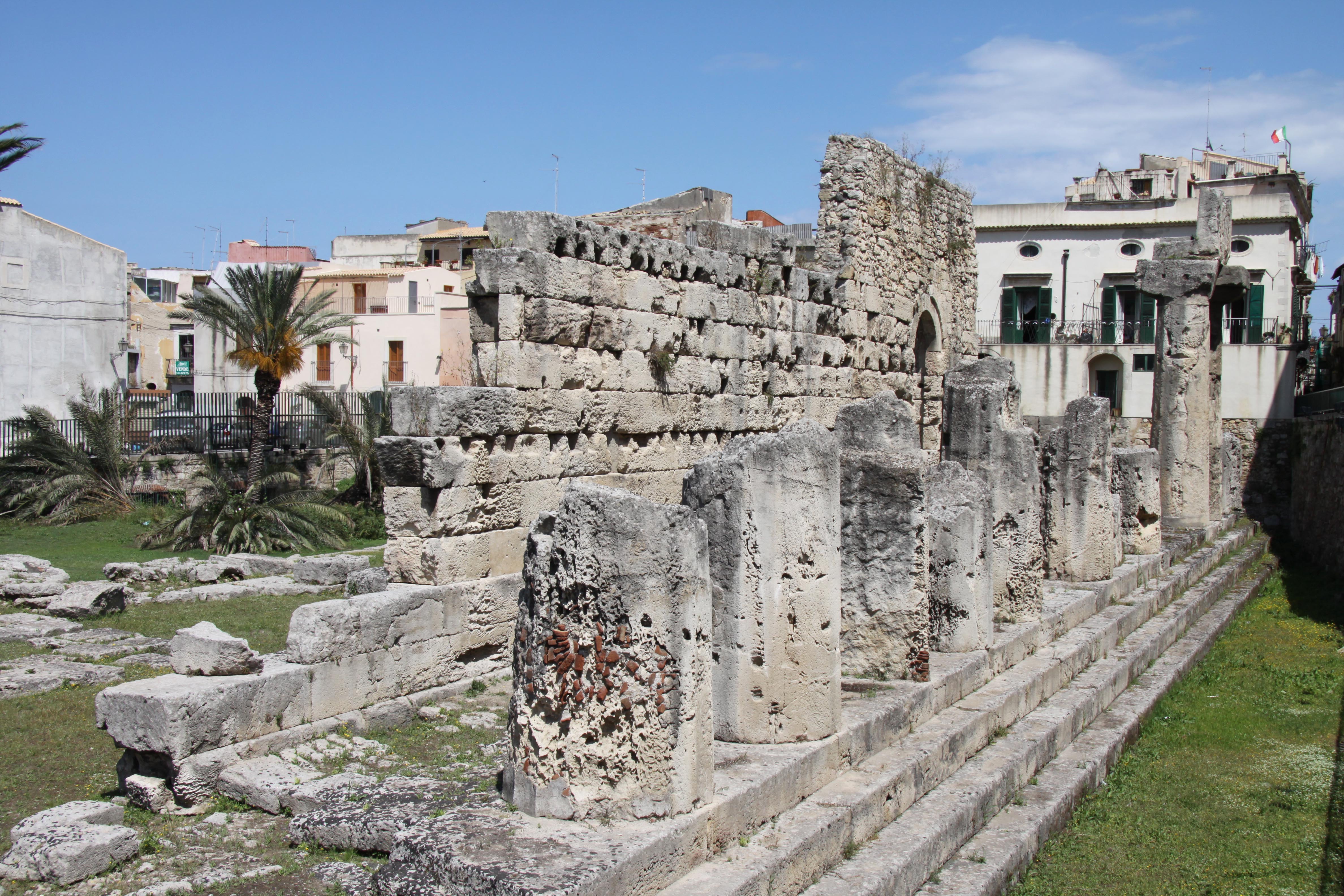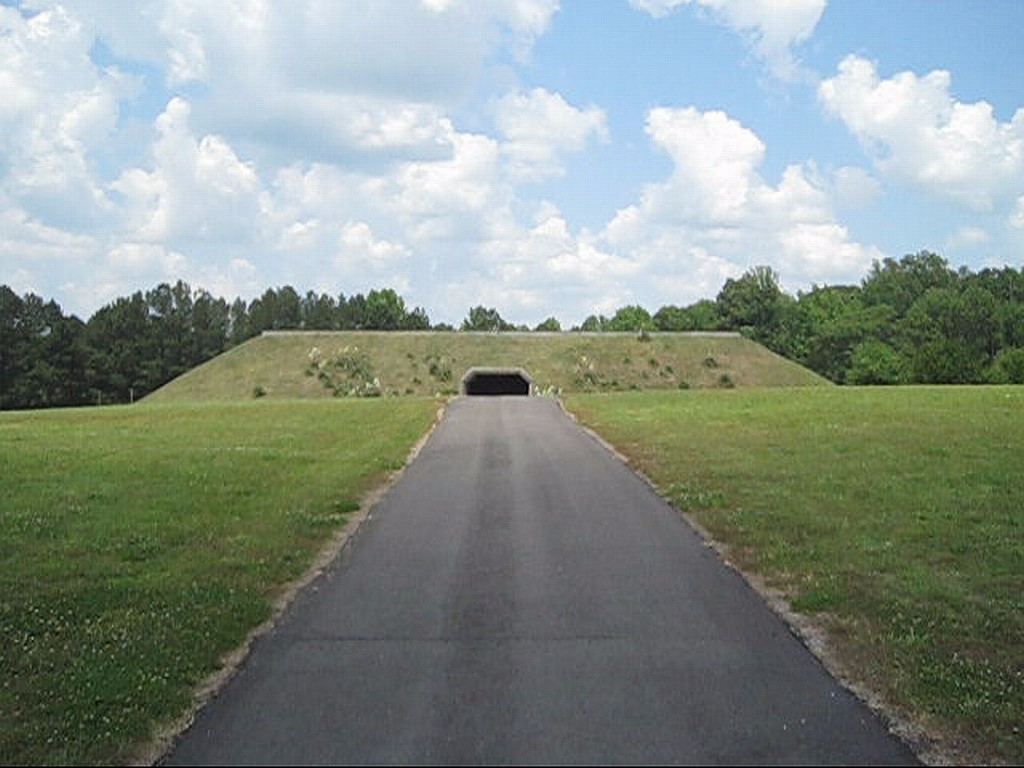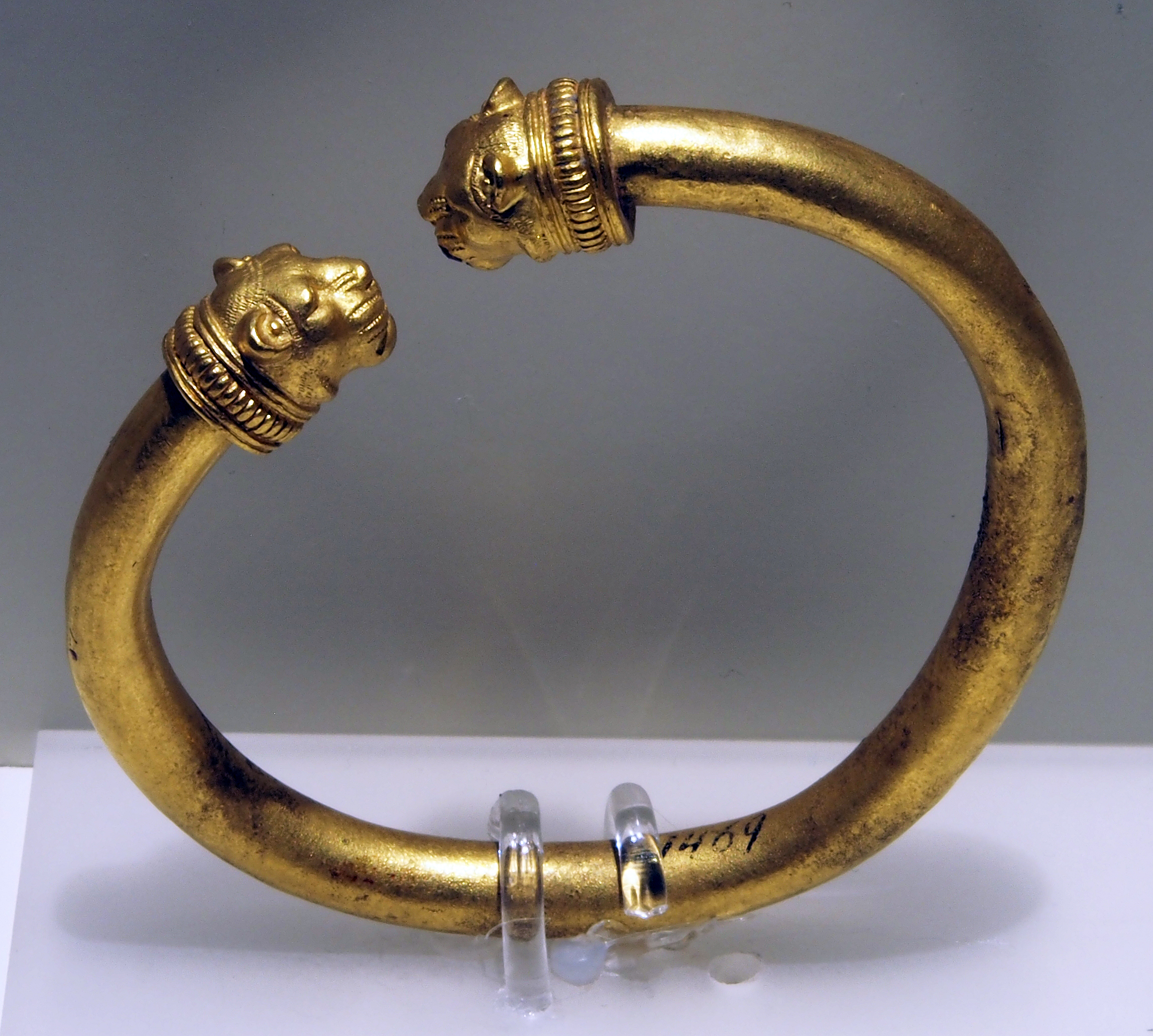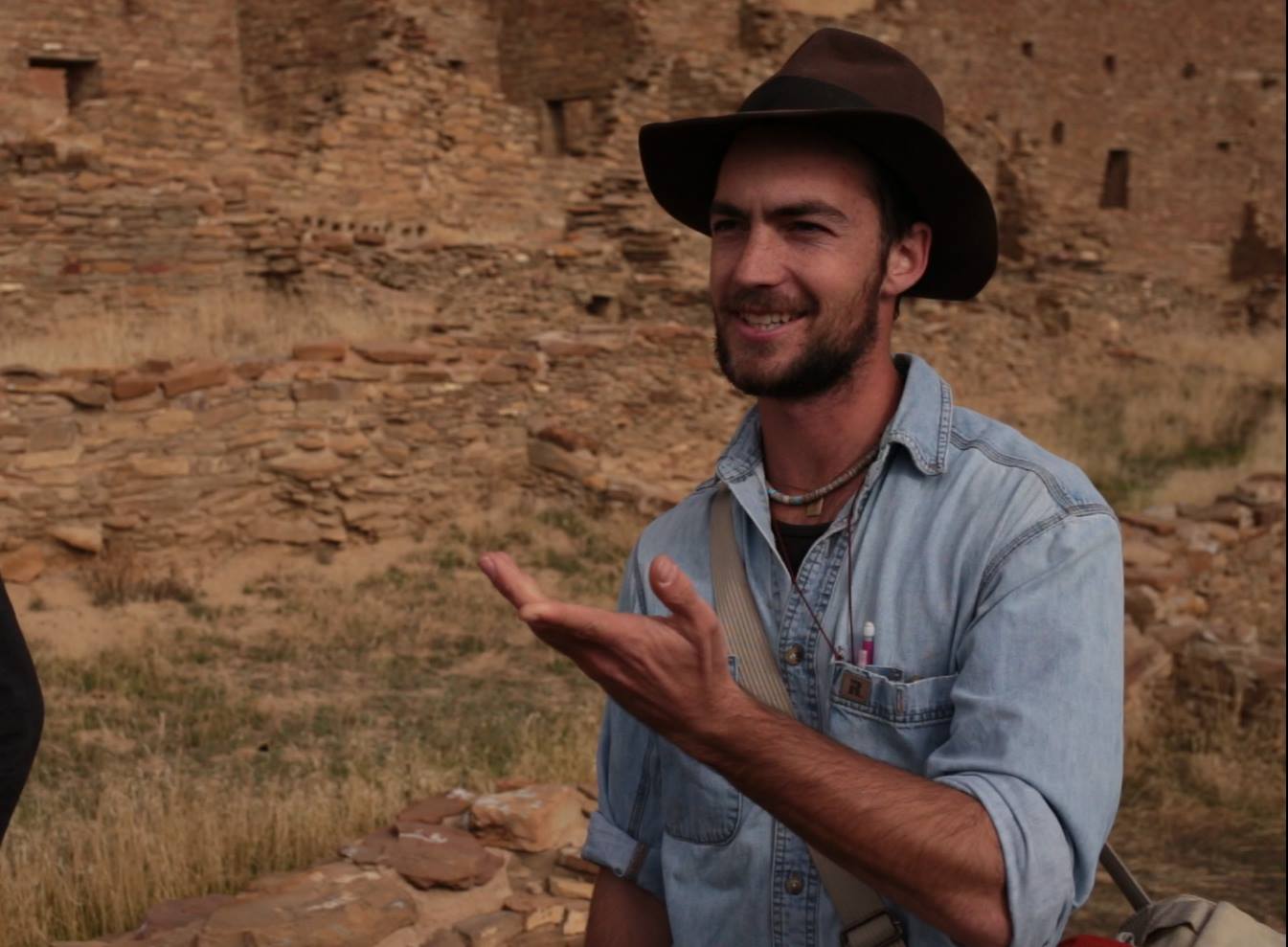The Becoming of Mesoamerican Pigments: The Olmec presented by Dr. Gerardo Gutierrez (CU Boulder)
CU Museum of Natural History Broadway, Boulder, CO, United StatesThis lecture presents a new study of pigments and coloring materials that offers a unique window into the development of indigenous science, ideology, and learning processes to innovate knowledge. The color palettes of Juxtlahuaca, Cauadzidziqui and Oxtotitlan caves, all located in the state Guerrero, Mexico, will be compared and evaluated and I will propose how […]
